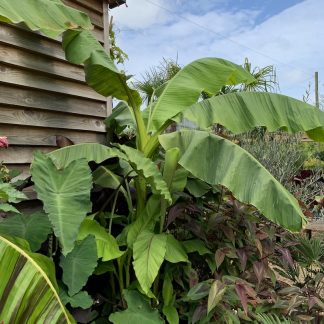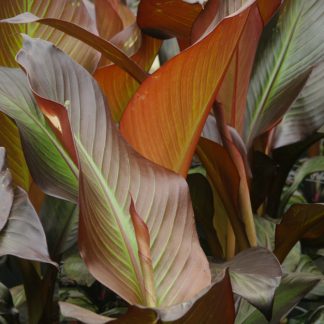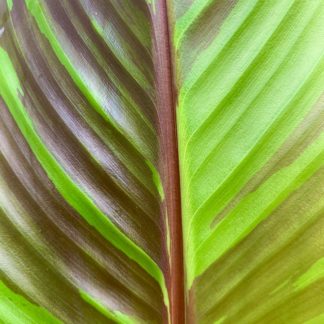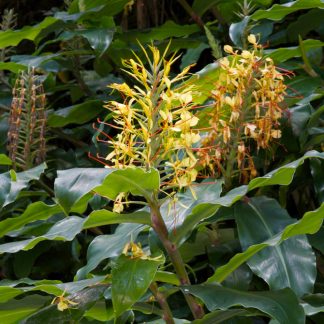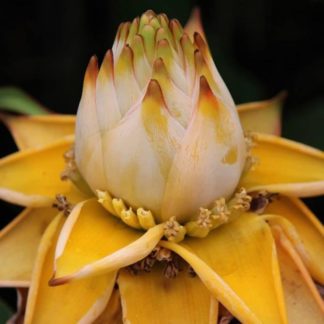Growing your Ornamental Taro
Like us, if you love jungly or exotic plants, no garden is complete without colocasia. Although Colocasia esculenta and its varieties is predominantly tropical in origins, it is very adaptable and can be found growing year-round in warmer temperate zones such as the Mediterranean. In particular I have seen vast swathes of it growing wild in the Azores.
For us in the British Isles, it’s generally considered to be half hardy, flourishing outside during the warmer months of the year. I know there are people out there who have it year-round in their gardens, particularly those with heated Koi ponds and sheltered micro climates. However, for most of us, the best way to treat colocasias is to either grow them in containers or my preference, plant them outside each summer. The reason for my preference of planting them out is that unless you continually increase the pot size throughout the growing period, the leaves never get quite as big as when they are planted in the ground.
Obviously colocasias are best located in a warm, sheltered part of the garden. They will tolerate full sun if given adequate moisture but are happiest in dappled shade. If planted in the ground I would add lots of organic matter and keep the soil moist and well-fertilised. The same if you are growing in a container – lots of moisturise and fertiliser such as liquid seaweed. This is essential for large leaves and rapid growth.
So, you have the location, you have the plant ready. Wait until the last of the frost has passed before planting out. Keep well fed and watered throughout the growing season which should be right up to the first frosts. Once the weather is cooler (usually around mid-late October), I either lift the plants, removing most of the leaves by cutting the stems 15cm above the swollen root, this can then be potted or wrapped in moist compost and kept frost free. By potting you have the advantage of being able to keep the colocasia cool for a few months and then bringing it onto a windowsill and watering once the day length increases, late February/early March bringing it back into growth.
If on the other hand you’ve grown your colocasia in a pot, it’s simply a matter of trimming a few of the leaves off and enjoying it as a house plant in a cool room or conservatory, keeping the compost just moist and not wet. As a guide, colocasias like to be moist to wet in summer whilst they are growing and kept on the slightly damp-dry side during the winter, their dormant period.
If all of this is too much for you then why not grow your colocasia in an ornamental container and treat it as an exotic house or conservatory house plant year-round? It’s not essential that it goes outside and as long as you give it a bright position in indirect light, it will flourish. Just remember to feed well during the growing period and keep on the dry side during winter.
Perhaps I should mention the obvious; all forms of colocasia esculenta are edible and whilst I’m not suggesting you eat your beautiful plant, stems and leaves are edible as is the root which is used throughout Asia as a carbohydrate staple. However, it’s important to note that if eaten raw, the root is poisonous and needs to be cooked before it is edible.
For any further information about your Ornamental Taro, please either call us on 01903 891466 or email us at info@bigplantnursery.co.uk and we will be glad to help.


